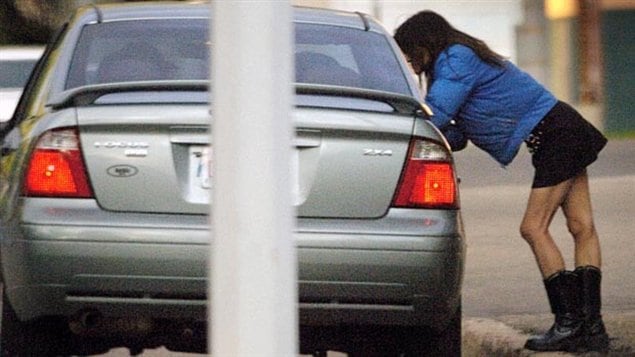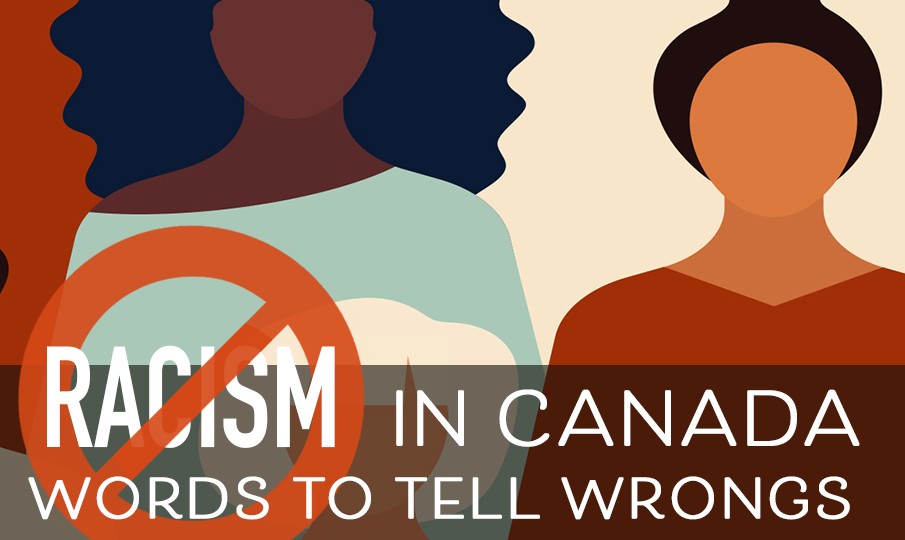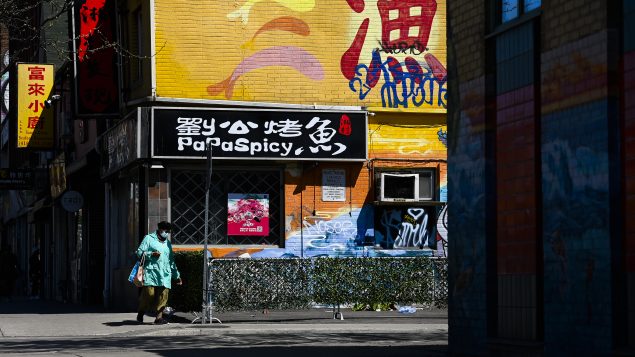Should prostitution be legalized, remain illegal, or is there a “third way”? Starting June 13th, The Supreme Court of Canada will examine this country’s prostitution laws.
The Women’s Coalition for the Abolition of Prostitution is preparing for its intervention in the case which stemmed from an Ontario Court of Appeal decision. That ruling struck down a Criminal Code provision against bawdy houses, as it would force sex workers out on the street and into dangerous situations.
The court case has deeply divided organizations that advocate for women and which work with those in the sex trade. Some groups want prostitution made legal, while others insist it must remain against the law.
The lawyer for the Women’s Coalition for the Abolition of Prostitution says there is a third way. Janine Benedet, is the coalition’s lawyer and told a news conference in Vancouver on Wednesday, “There is something besides simply criminalizing everyone involved in prostitution — including women — and decriminalization and legalizing the sex trade so men are free to buy women at will.”
The group advocates for a so-called “third way”, which is modification of the laws by removing criminal sanctions for women involved in the sex trade but maintaining sections which continue to target pimps and johns. Ms Benedet, who is also a law professor at the University of British Columbia also deplores the situation whereby she says, prostitutes are often arrested, but laws against pimps, and johns especially, are seldom enforced.
Prostitution itself is not illegal in Canada, though many of the key activities are banned under the three sections of the Criminal Code.
Prostitution in Canada is governed mainly by three provisions of the Criminal Code:
- Section 210: which prohibits the keeping or frequenting of a bawdy house. (Another provision, Section 211, makes it an offence to transport or direct someone to a bawdy house.)
- Section 212: which makes it a crime to live on the avails of prostitution or to procure a prostitute for another person.
- Section 213: which forbids an individual from communicating with any person in a public place for the purpose of engaging in prostitution or of obtaining the sexual services of a prostitute.
The original Ontario court case involved three sex trade workers who said the laws forced them to work outside the safety of their homes and into the streets and was a violation of their constitutional rights to security. The Ontario Court of Appeal upheld a lower court ruling and struck down the section (210) that forbids brothels, but in a 3-2 decision, upheld a ban on communication (213) for the purposes of prostitution, which effectively makes street prostitution illegal.
The court also limited the section (212) prohibiting living off the avails of prostitution to exclude people such as a sex worker’s bodyguard, accountant or receptionist. It said the provision should only apply “in circumstances of exploitation.”
Alan Young, the lawyer who represented the three women involved in the Ontario case, said the arguments from the Women’s Coalition for the Abolition of Prostitution are premature. Mr. Young said his main focus is convincing the court the current law violates the Charter of Rights and Freedoms and should be struck down. If that happens, he says, that is when the debate on new laws should take place.
“It would be an argument much better presented to Parliament,” Mr. Young said in an interview Wednesday. However, he notes that the three sex workers he represents all have strong opinions advocating legalized prostitution.







For reasons beyond our control, and for an undetermined period of time, our comment section is now closed. However, our social networks remain open to your contributions.